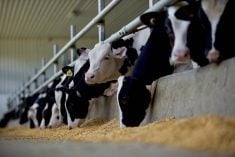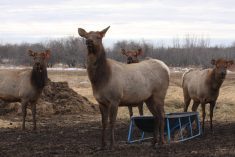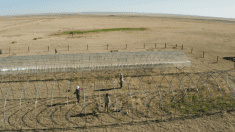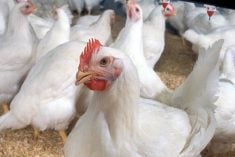CHICAGO, — The U.S. Department of Agriculture kicked off the U.S. spring crop acreage guessing game last week with the release of its baseline projections for U.S. row crop production.
While the baseline projections are not an official USDA forecast of what is expected to be planted (and are rather consensus estimates based on prevailing policy assumptions) they mark the first of a series of high-profile estimates of crop planted area that traditionally dominate market chatter until early summer. Another major estimate looms this week with the annual USDA Outlook Forum.
Read Also
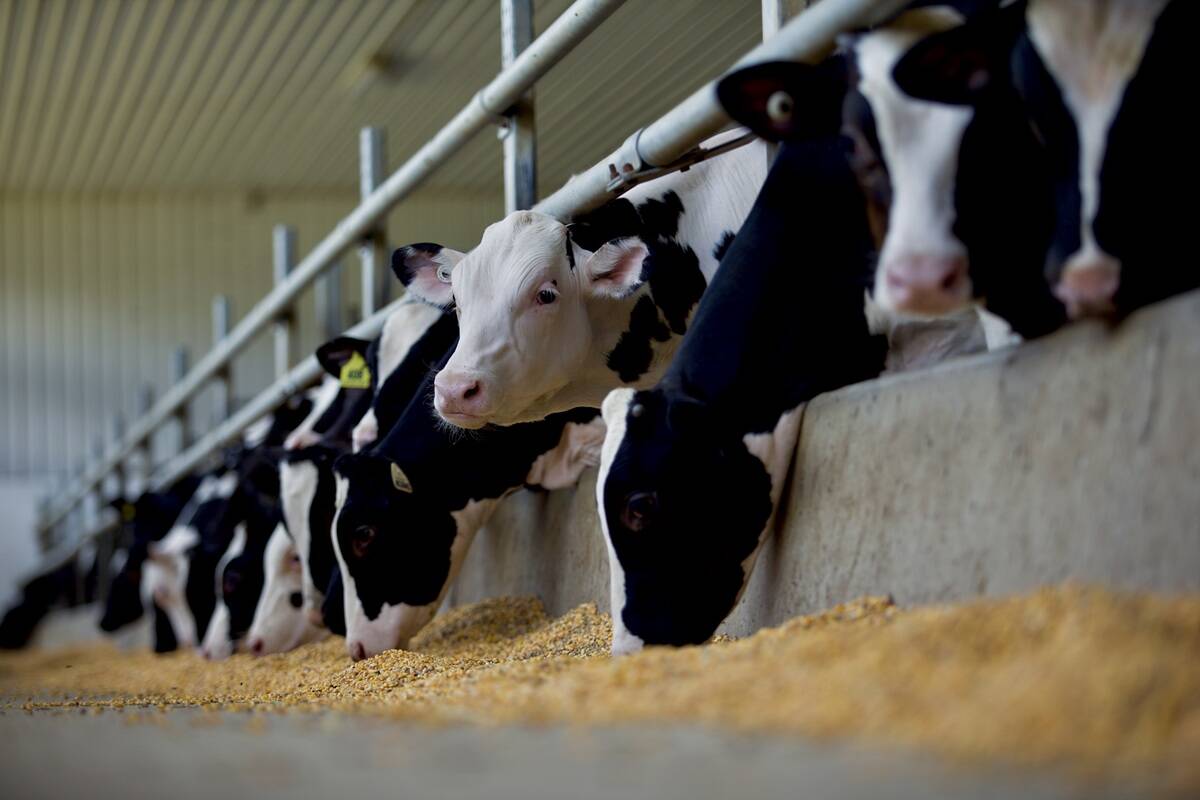
Confusion cleared on Canadian calf import changes
A Canadian Food Inspection Agency (CFIA) announcement on import regulations for feeder calves caused some confusion on the administrative side of Canada’s cattle industry earlier this month
The problem with such assessments is that they are nearly always wrong and misleading, as actual planted area totals will remain unknowable until planting is completed in late spring. Even then totals will be tough to assess accurately due to discrepancies in reporting deadlines and accounting techniques.
Nonetheless, given the importance of planted area in determining overall production potential, heated debates over area footprints will likely emerge as the chief pastime of grain and oilseed traders for the next several months, or at least until yield estimating takes over that mantle in the summer.
While a slew of private forecasters using sophisticated technology and methodologies have gained in prominence in recent years, the U.S. Department of Agriculture continues to be the main tone-setter in terms of market expectations when it comes to area estimates, chiefly because the government’s enormous scope and resources offer it unmatched potential for accuracy.
Even so, most of the USDA’s highest-profile area estimates have missed the final assessed acreage tally, usually by millions of acres.
Of all the major USDA area estimates, corn is usually the one that is farthest from the final total, while the USDA Outlook Forum estimates fare only slightly better.
The estimate with the strongest track record has been the Prospective Plantings report released in March, though even these estimates were close to two million acres above the final total last year and 1.3 million too low the year before.
All together, since the 2008-09 crop year the USDA has tended to overstate corn planted area in its major estimates reports (versus the final actual acreage total), even with the large misses to the downside seen in 2012-13 when quickly rising corn prices spurred farmers to plant a much larger area to corn than had been anticipated.
In soybeans, the USDA has understated actual soybean plantings in four of the past six years in its major area estimate releases. Again, the baseline estimates have proved to be further off the mark, while the March intentions report has tended to be a little closer to the final total.
Still, over the last three years the USDA March intentions report has missed the actual soybean planted area total by an average of more than 2.4 million acres, revealing a persistent weakness in USDA early-season soy area estimates.
While the consistent inaccuracy of the USDA’s area estimates may suggest that such estimations are somewhat pointless, there would be an uproar among traders, producers and crop consumers should they disappear as many rely on the agency’s estimates as a starting point for area assumptions.
Further, USDA presents its estimates as mere guidelines based on an array of relevant information rather than absolute statistics that can be set in stone.
As such, the trading community fully expects each estimate to be adjusted over time as greater clarity over actual sowings becomes available.
In addition, while the actual area estimates that the USDA releases in the coming months can again be expected to be different to the final number, it is the direction and degree of the adjustments from that point onward that provides the real insight sought after by market participants.
The 2012-13 jump in corn acres is a case in point, with the USDA’s earliest estimate in the baseline report almost two million acres lower than the March intentions release issued roughly six weeks later. This sharp upward revision to corn acreage projections provided a useful and accurate gauge on farmer behavior and intentions even before the planting season had gotten under way, and prepared market participants for the aggressive acreage swing in favour of corn seen that year.
Similarly, the USDA accurately signposted the climb in soy area last year when it upwardly revised projected plantings between its baseline release in mid-February and its Outlook Forum estimate a mere two weeks later, once again appropriately setting expectations before a single seed had been sown.
So while acreage estimations may indeed seem to be a frivolous and pointless exercise at this juncture — and can be nearly guaranteed to differ from the actual totals — they provide useful and irresistible signposts for producer behaviour that will play a critical role in helping market players make informed projections on crop availability come harvest.


